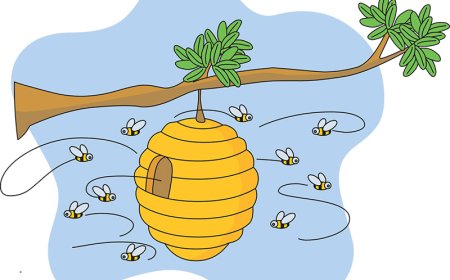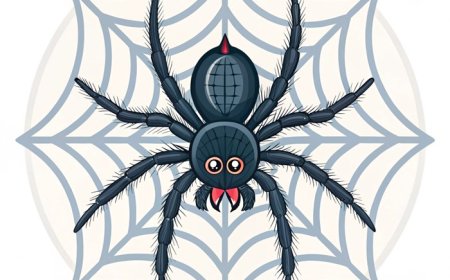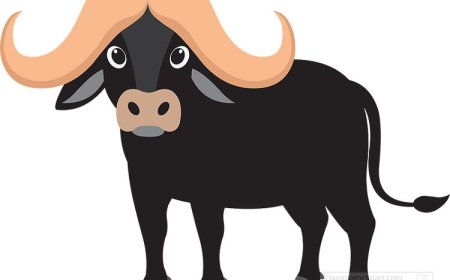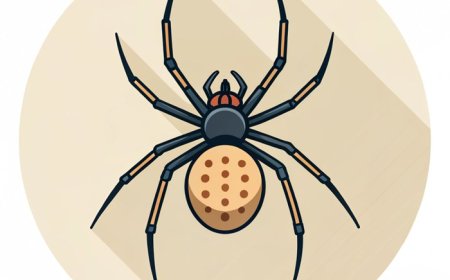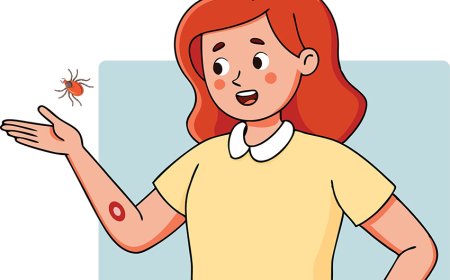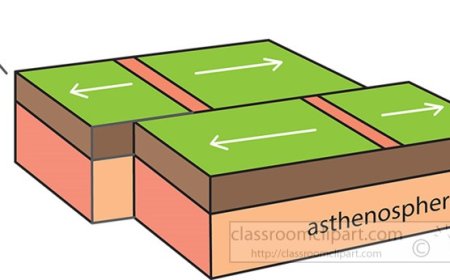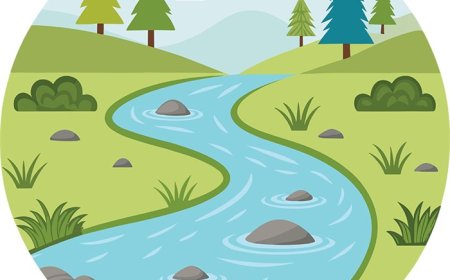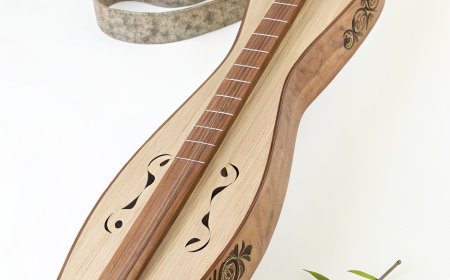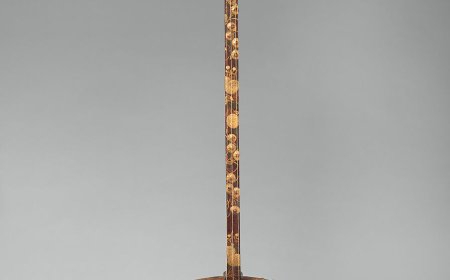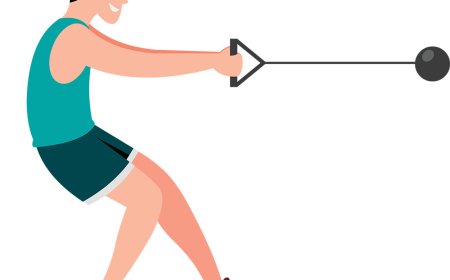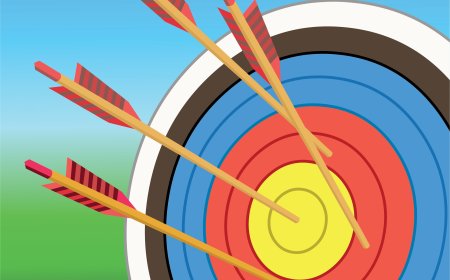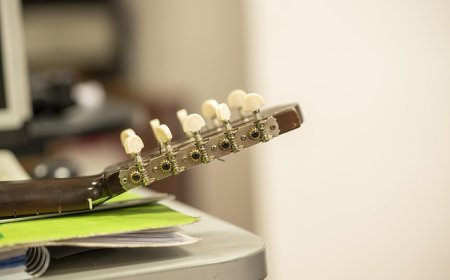Bassoon Facts for Students | Learn How the Bassoon Works & Its History
Explore how the bassoon works, its history, parts, famous players, and fun facts. A full student-friendly guide to this deep-voiced woodwind instrument.
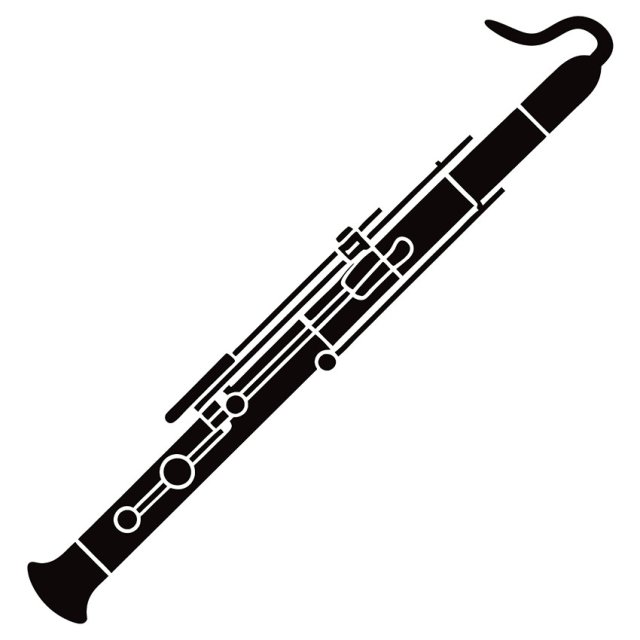
🎼 All About the Bassoon
🥇 Introduction
The bassoon is the largest and lowest-sounding instrument in the woodwind family (except for the contrabassoon). Its rich, dark, and sometimes comical tone makes it a favorite in orchestras, bands, and movie soundtracks. The bassoon uses a double reed like the oboe, but its long, folded body gives it a much deeper sound. Though it may look big and complicated, the bassoon is full of personality and expression—able to play both dramatic solos and lighthearted tunes.
🎶 What Is a Bassoon?
The bassoon is a double reed woodwind instrument that plays in the bass and tenor range. It’s made of long wooden tubing that’s folded in half to make it easier to hold and play. The sound is produced by blowing air through a double reed, which vibrates and creates the bassoon’s rich tone.
Bassoons are used in symphony orchestras, concert bands, chamber ensembles, and even in cartoons and films for humorous or quirky characters. The bassoon can play both very low and surprisingly high notes, making it one of the most versatile instruments in the woodwind section.
🧩 Parts of the Bassoon
The bassoon has several unique parts that work together to produce its deep sound:
-
Double Reed – Made of two pieces of cane tied together, it vibrates when the player blows air through it.
-
Bocal – A curved metal tube that connects the reed to the body of the bassoon and directs the air into the instrument.
-
Wing Joint – The shorter top section of the wooden body that connects to the bocal.
-
Boot (or Butt) Joint – The bottom part that contains two parallel airways and connects the long and short joints of the bassoon.
-
Long Joint (Bass Joint) – The longest part of the bassoon’s body.
-
Bell – The flared end where the sound exits.
Because of its size and weight, bassoonists often use a seat strap or neck strap to help support the instrument while playing.
⚙️ How Does the Bassoon Work?
The bassoon works by using air pressure to vibrate the double reed. When the player blows into the reed, it vibrates and sends the air through the bocal into the long wooden tube. By opening and closing various tone holes and keys, the player changes the pitch.
Since the bassoon has so much tubing—over 8 feet long when stretched out—the air vibrates slowly, which is why the bassoon produces low-pitched notes. However, because of its clever design, it can also play fast passages and jump between high and low notes with surprising agility.
The bassoon has a complex key system, with over 20 keys that must be pressed with precision. Players use both thumbs and all fingers, including the pinkies, to operate the keys.
📜 History of the Bassoon
The bassoon's ancestor was an instrument called the dulcian, which appeared in the Renaissance era in the 1500s. It had a folded wooden body and a similar double reed design. The bassoon as we know it today started to take shape in the Baroque period (1600s–1700s), when composers like Vivaldi and Bach began writing music specifically for it.
In the Classical and Romantic periods, the bassoon became a regular member of the orchestra, used for both serious and humorous roles. Famous composers like Mozart, Beethoven, and Tchaikovsky gave the bassoon important solos and character themes.
By the 19th century, the bassoon was improved with more keys and a better bore shape, thanks to the Heckel family of instrument makers. Their design became the modern bassoon used today in most orchestras and schools.
🎷 Famous Bassoon Players
Here are some of the most well-known and influential bassoonists:
-
Klaus Thunemann – A German soloist known for his rich tone and technical skill
-
Judith LeClair – Principal bassoonist of the New York Philharmonic and a leading teacher
-
Kim Walker – An American soloist and professor who has promoted the bassoon worldwide
-
Dag Jensen – A Norwegian bassoonist known for orchestral and solo performance
-
David McGill – Former principal bassoonist of the Chicago Symphony and respected author/teacher
These players have brought the bassoon to life in concerts, recordings, and classrooms.
🎶 Learning to Play the Bassoon
Learning the bassoon is an exciting journey for students who enjoy deep tones and want to stand out in their school band or orchestra. Because of its size and reed setup, most students begin playing the bassoon in middle school or later, often after starting on another instrument like the clarinet or flute.
Beginners learn how to assemble the instrument, insert the reed, and support the bassoon with a seat strap. They are taught how to make a good sound using proper embouchure and air pressure. Reading bass clef is essential, though higher parts may also use tenor clef.
New players focus on basic fingerings, long tones, and simple songs. As they improve, they can play solos, join youth orchestras, and explore both classical and modern music. The bassoon is a great choice for creative, curious students who want a unique voice in the ensemble.
😄 Fun Facts About Bassoons
Here are some fun and fascinating things about the bassoon:
-
The bassoon’s tubing is over 8 feet long but folded in half to fit in your lap.
-
It uses a double reed, just like the oboe.
-
The contrabassoon, its larger cousin, plays an octave lower and is the lowest instrument in the orchestra.
-
In old cartoons, the bassoon was often used to sound funny or goofy!
-
Many bassoonists make their own reeds by hand, a skill that takes lots of practice.
-
The bassoon has been called the “clown of the orchestra” because of its funny, deep voice—but it can also sound very serious and emotional.
👧 Kid-Friendly Summary
The bassoon is a big woodwind instrument with a deep, low sound. It uses a double reed that you blow into to make the air vibrate. The bassoon has lots of buttons and keys and is folded in half so it’s easier to play. It can sound funny, serious, or even spooky! If you want to play something different and cool, the bassoon might be the perfect choice for you.
📚 Vocabulary Words
Bassoon – A large woodwind instrument that uses a double reed and plays low notes
Double reed – Two pieces of cane that vibrate together to make sound
Bocal – A curved metal tube that connects the reed to the bassoon
Boot joint – The part that holds the airways between the long and wing joints
Tenor clef – A clef used for higher bassoon parts
Seat strap – A strap that helps support the weight of the bassoon when sitting
Embouchure – The way a player shapes their mouth and lips when playing
Contrabassoon – A larger version of the bassoon that plays even lower
❓ Interactive Quiz
1. What kind of reed does the bassoon use?
A. Single reed
B. No reed
C. Double reed
D. Plastic reed
2. What is the curved metal tube called that connects the reed to the bassoon?
A. Bell
B. Bocal
C. Boot
D. Barrel
3. How long is the bassoon’s tubing if stretched out?
A. 3 feet
B. 5 feet
C. 8 feet
D. 12 feet
4. What type of music often features the bassoon?
A. Jazz quartets
B. Symphonic and classical music
C. Hip-hop beats
D. Electric guitar solos
5. What clef does the bassoon usually read?
A. Treble clef
B. Alto clef
C. Bass clef
D. Soprano clef


